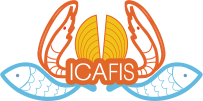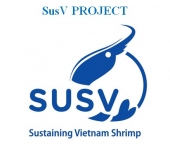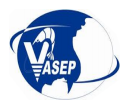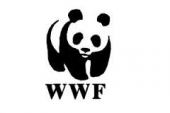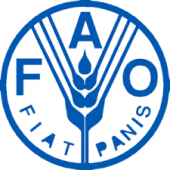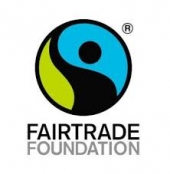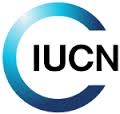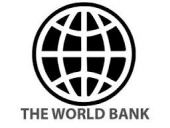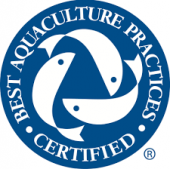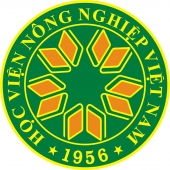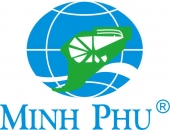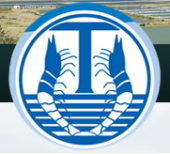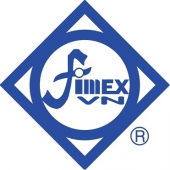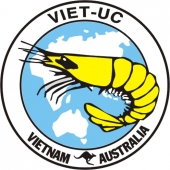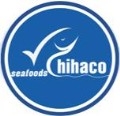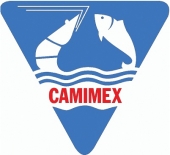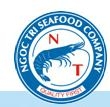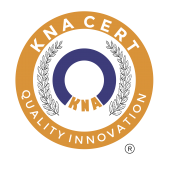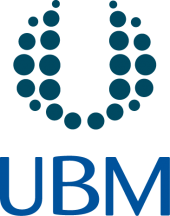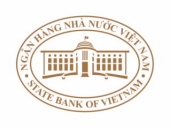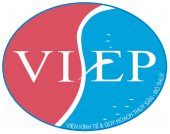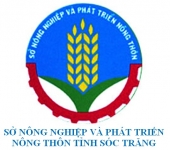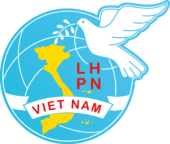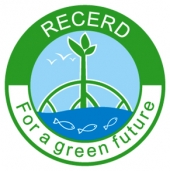Source : www.ictsd.org
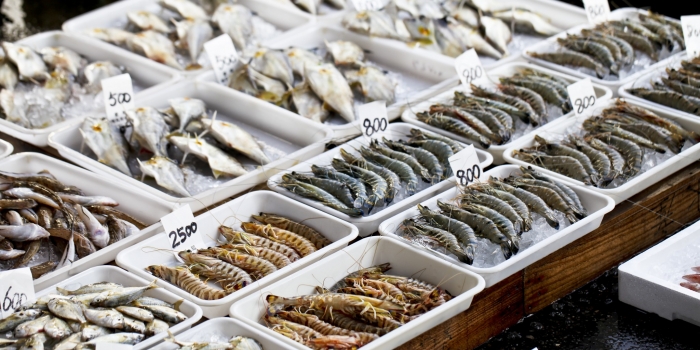
Fisheries and fisheries trade play a vital role in a number of communities the world over. Trade in fisheries products is extensive and shapes global production. Many wild fish stocks are overfished, however, and the rapid rise of aquaculture has opened up new challenges. Other emerging threats include increased levels of ocean acidity due to higher volumes of carbon dioxide in the atmosphere. In late February BioRes spoke with Jim Cannon, CEO and founder of the Sustainable Fisheries Partnership, on the changing shape of fish trade, the role for supply chains in promoting fisheries sustainability, and how policymakers and the private sector can work together to tackle fisheries challenges.
From your stakeholders’ perspective, at ground level of the fisheries industry so to speak, what are the current major challenges to global fisheries sustainability?
[Jim Cannon] It very much depends on where you are sourcing or where you are fishing. We’ve seen a big expansion in developing country fisheries and that has put a lot of pressure on the stocks. We are seeing evidence of overfishing and environmental impacts being quite widespread.
Moreover, while there are a lot of efforts underway to make improvements happen, it’s early days yet. In older or more commercial Western fisheries in Europe and North America we have seen some fisheries improvement partnerships [FIPs] work and a number of these get Marine Stewardship Council [MSC] certified. I think one difference is that, in Europe at least and some other countries as well, the key issues in fisheries reform were related to political will.
In developing countries we are looking at the additional need to improve fisheries science, fisheries collection, enforcement, surveillance – basically all the ingredients for successful fishery management – and many of these are still missing.
Fish are among the most traded food commodities and this necessarily shapes production. What would your predictions be for the major changes in the shape of fish trade over the next ten years?
[JC] Over the next ten years wild production is unlikely to shift dramatically. We may see some overfishing and some rebuilding of stocks but generally I would expect the production to be similar in a decade’s time. We will probably see the expansion of cold chain and quality management, resulting in even more products entering international trade than today, meaning that the reach of international supply chains will get further out into more remote areas.
We do expect to see major increases in the aquaculture sector but quite which species and from where is as yet unclear. If you look back over the last ten years and recognise that producers such as Vietnam basically built an entire production industry around pangasius fish, that’s likely to be repeated, but it’s hard to tell exactly which countries are on the verge of doing the same thing. As a result I would expect to see some major new players emerge and potentially new aquaculture species. We may see an expansion in farm fish coming out of different parts of Africa, that’s already happened to a certain extent, and I think it may continue. But I can’t really look into a crystal ball because the history of aquaculture has been one of expansion by leaps if you will.
To go back to your point on the reach of international trade, do you see any challenges or equally any opportunities with that shifting dynamic?
[JC] Increased international trade creates challenges and opportunities. There are of course different types of supply chains. If you have shelf-stable products, or stuff that can be made shelf-stable relatively early on in processing, such fish can come in from very remote areas where cold chain is not an issue. But if you’re talking about seafood, any sort of fresh and frozen, that’s more restrictive in terms of where to pull the product in from. So there are technological challenges to the industry spreading out.
Another challenge increased trade could bring is potentially a heightened pressure on some of the fisheries resources. But the counter-side to that is there is already a lot of pressure on these resources anyway and by introducing new players in some regions, certainly those who are trying to source sustainably, it could raise the level of sustainability in existing production.
You mentioned the expansion of developing country fisheries earlier. What policy, or non-policy private actor measures, have you seen be the most effective in helping developing countries manage their fisheries exports sustainably across the value chain?
[JC] Certainly the private actor measures we think have been the most effective are around fisheries improvement partnerships, where companies trying to supply to the US and Europe have been asked to look at the sustainability of the fisheries they are sourcing and work together with their competitors, vendors, and producers, to try and do fisheries improvement work. I think that has helped catalyse change in some fisheries. It has also helped to sharpen attention on some of these issues. There’s often a long road to travel in some developing economies to build basic fisheries management capacity and infrastructure. However, although it may be a while before we see some of these fisheries really reach a high level of sustainability, many are doing some basic measures and starting out on that journey.
Speaking more broadly, what role do you see for supply chains in improving fisheries sustainability, not just in developing countries?
[JC] I think supply chains have five different things that they are uniquely positioned to do that can effect change. The first is that large processors and exporters tend to be important in local economies, for example, in terms of jobs and export earnings. This gives them the ability to talk to the ministry in charge of fisheries to explain why they are concerned about sustainability and what it means for that country’s economy. It’s very hard for others to make that case, but when it’s the CEO of one of the largest processors or exporters, the ministry will listen.
The second opportunity for supply chains in building sustainability is really around bringing different actors together. Seafood suppliers are often processors of food. They’re not fisheries managers or fisherman and so often they are not, or to date have very rarely been, engaged in the fisheries management process. We encourage them to get involved, either directly by contacting the ministry, as well as by engaging the formal consultation processes that are underway, or by joining existing industry associations. Suppliers can help shape the views of industry associations and give them a bit of wider context.
The third way in which suppliers play a unique role is through what we call “control documents,” which to date have focused on the question of illegal, unreported, and unregulated fishing [IUU]. The control documents we promote make it very difficult for a trader or a producer linked to illegal fishing to be able to sell any of their stock, whether a specific product is legal or not, to any of the companies participating in the control document scheme. We’ve seen this system have big impacts in different fisheries around the world and we think that it has a great potential to be expanded. It is also something that could be used to help improve the efficiency of enforcement and surveillance efforts in developing countries where capacity is low.
The fourth way in which suppliers have helped bring up the level of sustainability in fisheries is around procurement specifications. For example, suppliers can reward fishermen who are using lower impact gear.
And the fifth sustainability aspect in supply chains is quite interesting. One of the points that most suppliers will make is that in order to invest in processing capacity or in a brand they need to be assured that source will be there for the long haul and meet their sustainability requirements. We’ve now got a couple examples of processors actually investing in processing capacity in the producer country as they see improvements being made to the fisheries management. As confidence in the quality of supply goes up, investments go in, with some of the smarter suppliers having made that explicit. It’s quite a useful carrot to help governments promote fisheries improvement efforts.
You’ve mentioned the role of control documents. How else can policymakers work with non-state actors to tackle fish piracy given that illegal, unreported, and unregulated fishing presents a major threat to both sustainable development and fisheries management?
[JC] Control documents work well. It’s important to remember that IUU covers a multitude of sins, from very minor technical infringements by otherwise legal operators, to organised crime, “fish piracy” and boats doing nothing but fishing illegally. You can have a very wide range of circumstances and you need different types of actions to address these. If you’re dealing with legitimate fishermen who are infringing some rules here and there, that’s a very different proposition from trying to combat an organised crime ring, running five to ten or twenty pirate fishing boats in the southern ocean.
Increasingly we are starting to see more vessel blacklists online with the ability to track larger boats. Some of the major buyers are now scanning lists such as the OECD’s to make sure none of the boats named there are part of their supply chain. I think that can ostracise large scale illegal fishing operations.
From your perspective, how effective do you think market tools put in place by policymakers are, such as the EU’s catch documentation?
[JC] Obviously they are a very good step forward and I am fully supportive. I do think, however, they tend to be a bit of a blunt instrument. But it is good that they draw attention to countries where you have a systemic problem around reporting and monitoring. We’ve seen some benefit already from the EU’s catch documentation proposals and then the yellow/red card scheme has certainly focused minds.
Again I do think the control document approach we’ve talked about is much more targeted at the bad actors rather than just trying to intercept some of their shipments. But overall there’s a good suite of tools out there and a wide range should be used.
Sustainability labelling in fisheries is attracting an increasing amount of government attention. Do you think governments have a role to play in this area and, if so, what?
[JC] It’s an interesting question. I don’t think governments or government funded marketing bodies should be running certification programmes at the national or sub-national level because there’s an inherent conflict of interest in the governments managing wild fisheries “self-certifying” that they are sustainable.
Nor do I think the governments of importing countries should seek to certify sustainability. Individual companies, brands, major retailers, their suppliers all look very carefully at how they manage their brand and their product sourcing.
So we don’t see certification of sustainability as a role for governments. I would argue that environmental qualities of seafood or any product is an action for individual brands or retailers to look at and set if they want to go above the legal requirements, that’s their responsibility, that’s their choice.
Where governments have a very clear role to play is ensuring the claims being made are fair and accurate. Some companies we work with make quite a strong public claim of sustainability and we try to make sure they are doing that on the basis of certified product, independent chain of custody verification, etc. You do have cases where certain governments have yanked claims off of seafood packs – I’m aware of that having happened in France and its certainly been threatened in the UK.
There was also some very good work done in the UK by leading retailers and other groups on a common statement about the type of sustainability claims that they would support. That was a voluntary measure but it’s something that governments could perhaps take forward.
That’s really interesting. What if you have lots of importing countries with different sustainability standards? Is this a challenge?
[JC] It certainly creates a challenge for producers but I think that’s unavoidable. Certainly in terms of voluntary standards, different countries and communities care deeply about a variety of issues, depending on whatever’s made the front page of their newspapers over the last ten years or whatever is culturally important. It would be very hard to explain to consumers in Germany, Denmark, or Holland that they shouldn’t have such high environmental concerns.
We know that climate change will have impacts such as ocean acidification. How much do you see these changes influencing shifts in productivity?
[JC] There’s no doubt we are going to see shifts in productivity in the world’s oceans as a result of climate change and marine acidification. We’ve already seen fish species appearing further north than we’ve seen before.
We’ve seen higher marine acidity cause problems for certain types of fish that have to form a shell. Some of the oyster farms are already looking at adaptation measures, for example, by monitoring the water quality coming in and trying to manage accordingly. However, there may also be increases in productivity in some other areas, so it’s not all negative. But it is hard to say what this will mean for trade patterns.
Is climate change something that your stakeholders are taking into account in their planning and sourcing?
[JC] It’s increasingly happening in shellfish, yes, and we’ve also seen some good dialogue and government interest. New Zealand, for example, has led some work recently to raise awareness. There’s a widespread effort to get better data monitoring so we have a better sense of just how marine acidification is occurring and where. Things are moving quite quickly to gain a better handle on this challenge. No matter what you believe about climate change, when it comes to the oceans it’s just pH, it’s chemistry.
What about leading ideas or trends in the shaping of new governance?
[JC] It’s interesting the extent to which trade introduces new stakeholders into what had previously been the providence of national governments in policymaking. In fisheries producer countries, because so much of the product is exported, consumers abroad or the buyers in the supply chain are expressing preferences for how the fishery should be managed. That’s shifting governments in some quite interesting ways and it’s not clear to me where it will all end up.
Clearly local stakeholders have rights and it’s their role to influence national policy priorities. But governments are also trying to protect their export markets and associated revenue so they have to take into account what those markets are looking for as well. I know some countries do increasingly see this it as a threat to their existing governance frameworks. I don’t see it as a threat, however, I see it as an opportunity but I think it just depends on your point of view.
Jim Cannon is the CEO and founder of the Sustainable Fisheries Partnership.
